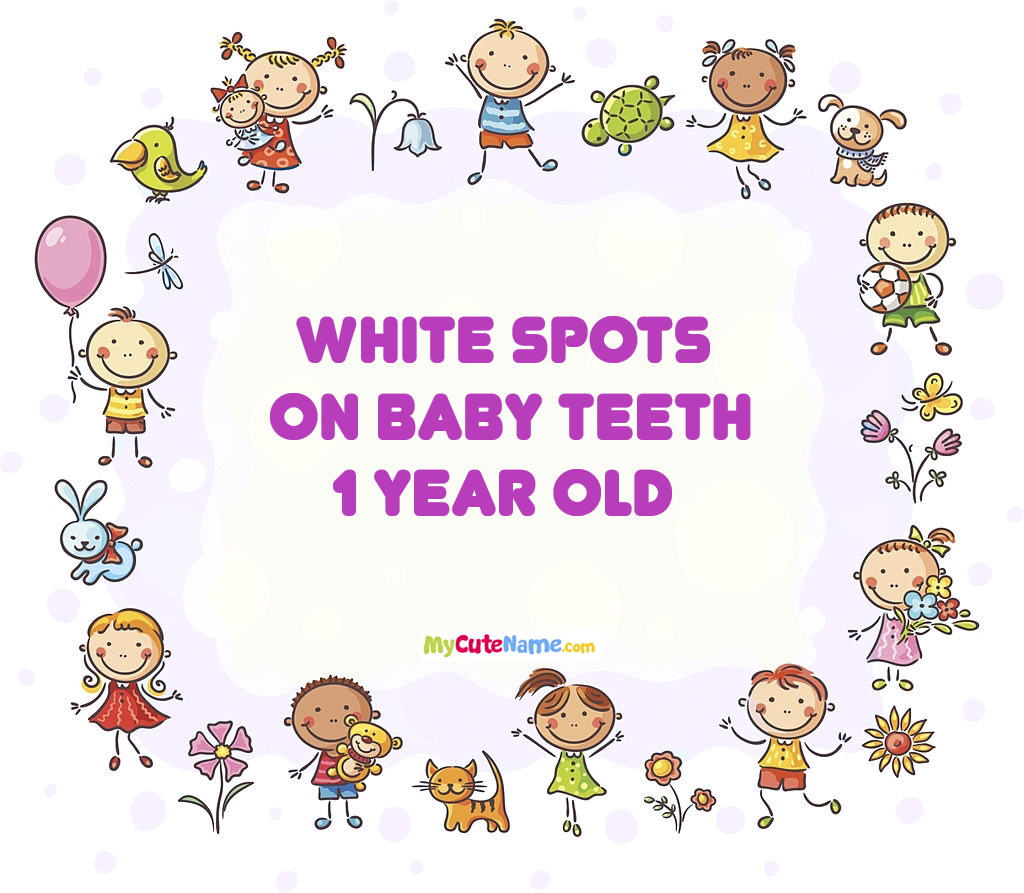


Noticing white spots on your 1-year-old's baby teeth can be concerning for any parent. These spots can indicate a range of issues, from minor cosmetic concerns to early signs of tooth decay. Understanding the potential causes and implications of these white spots is crucial for ensuring your child's oral health. In this guide, we'll explore the common reasons behind white spots on baby teeth, what they mean for your child's dental well-being, and the steps you can take to address and prevent them.
Decay and Cavities
The presence of white spots on baby teeth can be an early indicator of tooth decay, which might raise concerns for parents or caregivers. Understanding how decay develops and taking proactive steps to improve oral care practices are crucial in addressing this issue effectively. These white spots often manifest as chalky, pale areas near the gumline, potentially progressing to brown or yellow if left untreated. Fortunately, during the white spot stage, decay is still reversible. Dental professionals can intervene by removing plaque and tartar from the enamel and administering fluoride treatment. Introducing fluoride early in your child's dental routine can contribute to strengthening their enamel, the protective outer layer of teeth. This reinforcement helps prevent further decay by inhibiting bacterial acid production and subsequent plaque buildup, ultimately reducing the risk of cavities.
Fluorosis
Regrettably, even beneficial minerals like fluoride can pose problems when overused. While fluoride is vital for dental health, excessive exposure can lead to issues such as fluorosis. This condition manifests as white spots on a toddler's teeth and occurs when young children consume too much fluoride during tooth formation. Although these spots are often faint and streaky, they indicate an imbalance in fluoride intake. Despite being largely harmless, fluorosis prompts parents to monitor their child's fluoride consumption closely. The American Dental Association (ADA) recommends measures to prevent fluorosis, including breastfeeding until at least six months of age and regulating fluoride intake from drinking water and toothpaste. Additionally, parents should supervise toothpaste use and avoid fluoride supplements without professional guidance. By adhering to these guidelines, parents can safeguard their child's dental health and prevent the development of fluorosis. If white spots are detected, prompt dental intervention is crucial to address any underlying issues and instill proper oral hygiene practices. This proactive approach ensures that children maintain a healthy smile and lifelong dental habits.
how to white spots on baby teeth 1 year old
To treat white spots on a one-year-old's teeth, it's essential to first identify the cause. If the spots are due to fluorosis, which occurs from overexposure to fluoride, treatment may focus on managing fluoride intake and improving dental hygiene practices. In cases of mild fluorosis, professional dental cleaning may suffice to remove surface stains. For more severe fluorosis, treatments like tooth bonding or veneers may be considered to improve the appearance of affected teeth.
If the white spots are indicative of tooth decay, prompt dental intervention is necessary to prevent further damage. Treatment options for decayed teeth may include fluoride treatment, dental fillings, or dental crowns, depending on the extent of the decay. In all cases, it's crucial to follow the guidance of a pediatric dentist who can provide tailored recommendations based on the child's specific dental needs. Additionally, maintaining good oral hygiene habits, such as regular brushing with fluoridated toothpaste and limiting sugary foods and drinks, can help prevent future dental issues. Regular dental check-ups are also essential for monitoring dental health and addressing any concerns early on.
Conclusion
In conclusion, white spots on a one-year-old's teeth can be concerning, but they are often treatable with prompt dental intervention. Whether caused by fluorosis or tooth decay, early detection and appropriate treatment are key to preserving the child's dental health. By addressing the underlying cause and implementing preventive measures, such as monitoring fluoride intake and practicing good oral hygiene habits, parents can help their child maintain a healthy smile for years to come. Regular dental check-ups and consultations with a pediatric dentist are essential for ongoing dental care and guidance. With timely intervention and proper dental care, white spots on baby teeth can be effectively managed, ensuring optimal oral health and well-being.
Note: Please also check your spam or junk email folder.